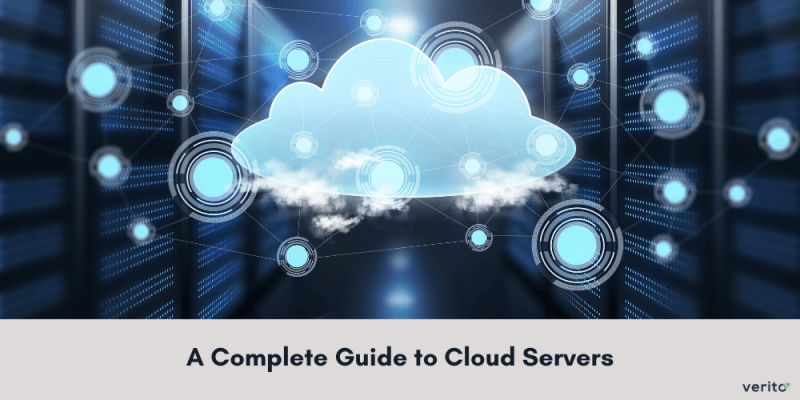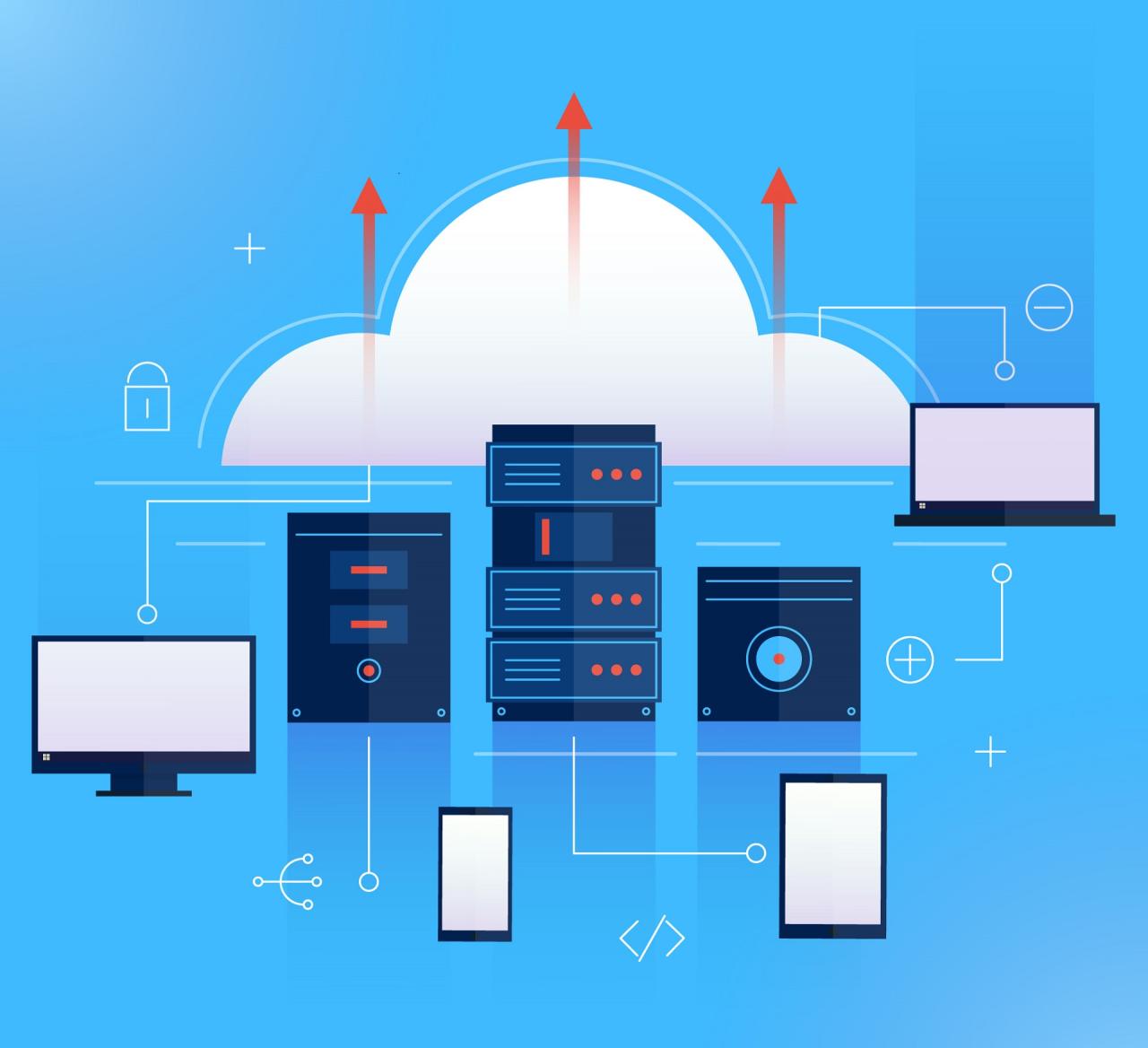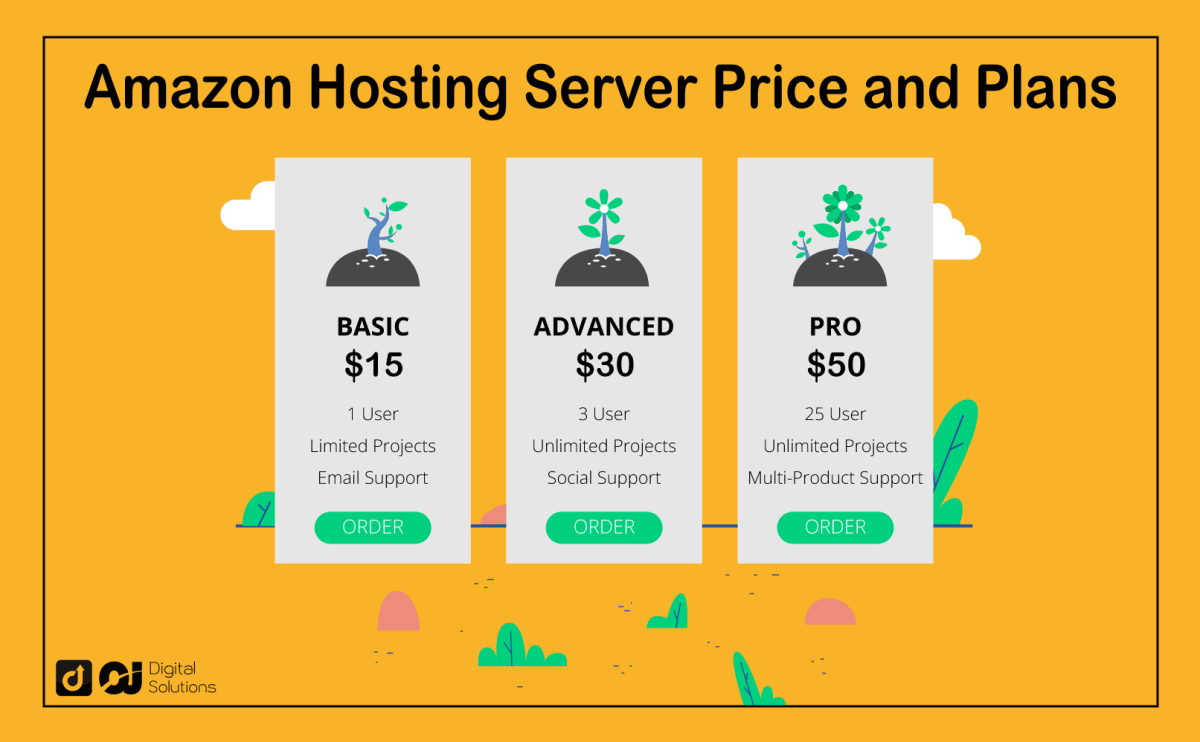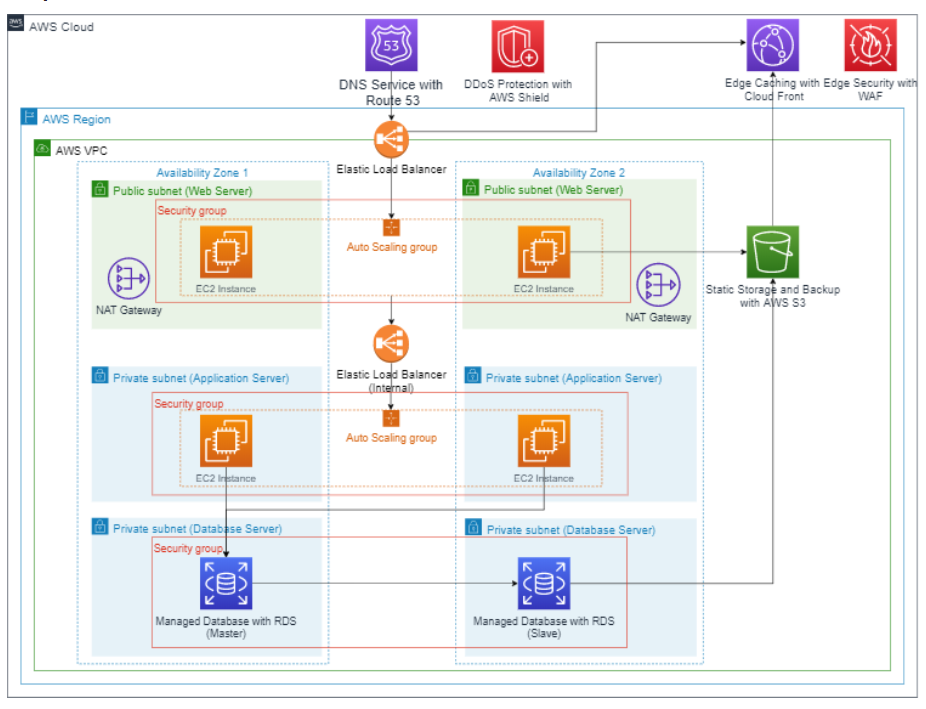Cloud server options have revolutionized how businesses operate, offering unparalleled flexibility, scalability, and cost-efficiency. This comprehensive guide delves into the world of cloud servers, exploring their benefits, types, providers, and best practices for making informed decisions.
From understanding the fundamental concepts of cloud computing to navigating the complexities of choosing the right cloud server provider, this guide equips you with the knowledge and insights necessary to leverage the power of cloud servers for your specific needs. Whether you’re a seasoned IT professional or a business owner looking to explore cloud solutions, this guide provides a roadmap for success in the dynamic world of cloud computing.
Cloud Server Cost Optimization

Optimizing cloud server costs is crucial for businesses of all sizes. Cloud services offer scalability and flexibility, but without proper management, costs can quickly escalate. This section explores strategies and tips for reducing cloud infrastructure expenses.
Resource Utilization Optimization
Resource utilization plays a significant role in cloud server cost optimization. Inefficient resource allocation can lead to unnecessary spending.
- Rightsizing Instances: Select the appropriate instance size based on your application’s requirements. Overprovisioning can lead to wasted resources and increased costs.
- Auto-Scaling: Implement auto-scaling to adjust resources based on demand. This ensures that you only pay for the resources you need.
- Resource Monitoring: Regularly monitor resource utilization to identify areas for optimization. Tools like CloudWatch (AWS) and Stackdriver (Google Cloud) provide valuable insights.
Pricing Models and Discounts
Cloud providers offer various pricing models and discounts. Understanding these options can significantly impact your costs.
- Reserved Instances: Committing to a specific instance type for a longer period can result in significant discounts. This is ideal for predictable workloads.
- Spot Instances: These instances are available at a discounted rate but can be terminated with short notice. They are suitable for non-critical workloads.
- Pay-As-You-Go: This model allows you to pay only for the resources you use. It is flexible but can be more expensive in the long run if not managed effectively.
Cost-Saving Tools and Techniques, Cloud server options
Several tools and techniques can help you optimize cloud server costs.
- Cloud Cost Management Tools: These tools provide detailed cost analysis, identify cost optimization opportunities, and offer recommendations for improvement. Examples include AWS Cost Explorer, Google Cloud Billing, and Azure Cost Management.
- Serverless Computing: Using serverless computing platforms like AWS Lambda or Google Cloud Functions can significantly reduce infrastructure costs by paying only for the execution time of your code.
- Containerization: Using containerization technologies like Docker can optimize resource utilization by packaging applications and their dependencies into portable units. This allows for efficient resource allocation and scaling.
The Future of Cloud Servers

The cloud computing landscape is constantly evolving, with new technologies and trends emerging that are shaping the future of cloud servers. From the rise of edge computing to the increasing adoption of serverless functions, these advancements are transforming how businesses utilize and manage their cloud infrastructure.
Impact of Emerging Trends on Cloud Server Options
These emerging trends are significantly impacting the availability and adoption of cloud server options.
- Edge computing is pushing the boundaries of traditional cloud server models, as it enables data processing and application execution closer to users, reducing latency and improving performance. This trend is driving the development of specialized edge computing platforms and services, offering tailored solutions for specific use cases, such as real-time analytics, IoT device management, and content delivery.
- Serverless computing, which allows developers to run code without managing servers, is gaining traction as it simplifies application development and reduces operational overhead. This trend is influencing the design of cloud server offerings, as providers focus on providing flexible and scalable serverless environments that can accommodate diverse workloads.
Predictions for the Future of Cloud Server Technology
Based on the current trends, we can anticipate several key developments in cloud server technology:
- Increased Adoption of Hybrid Cloud Models: Businesses are increasingly adopting hybrid cloud models, combining public cloud services with on-premises infrastructure to optimize cost, security, and performance. This trend will continue to drive the development of cloud server options that seamlessly integrate with on-premises systems, facilitating data migration and application deployment across different environments.
- Growth of Cloud-Native Applications: The rise of cloud-native applications, designed specifically for cloud environments, will fuel the demand for cloud server options that are optimized for scalability, resilience, and agility. These applications leverage cloud-native technologies such as containers, microservices, and serverless computing, requiring cloud server providers to offer solutions that support these architectures.
- Focus on Sustainability: As sustainability concerns gain prominence, cloud server providers will increasingly focus on developing energy-efficient solutions. This will involve optimizing server hardware, utilizing renewable energy sources, and implementing sustainable data center practices.
Conclusion: Cloud Server Options
As cloud server technology continues to evolve, its impact on businesses and individuals alike is undeniable. By embracing the flexibility, scalability, and cost-effectiveness offered by cloud servers, organizations can unlock new opportunities and streamline their operations. Understanding the nuances of cloud server options, providers, and best practices is crucial for navigating this ever-changing landscape and achieving optimal results.




